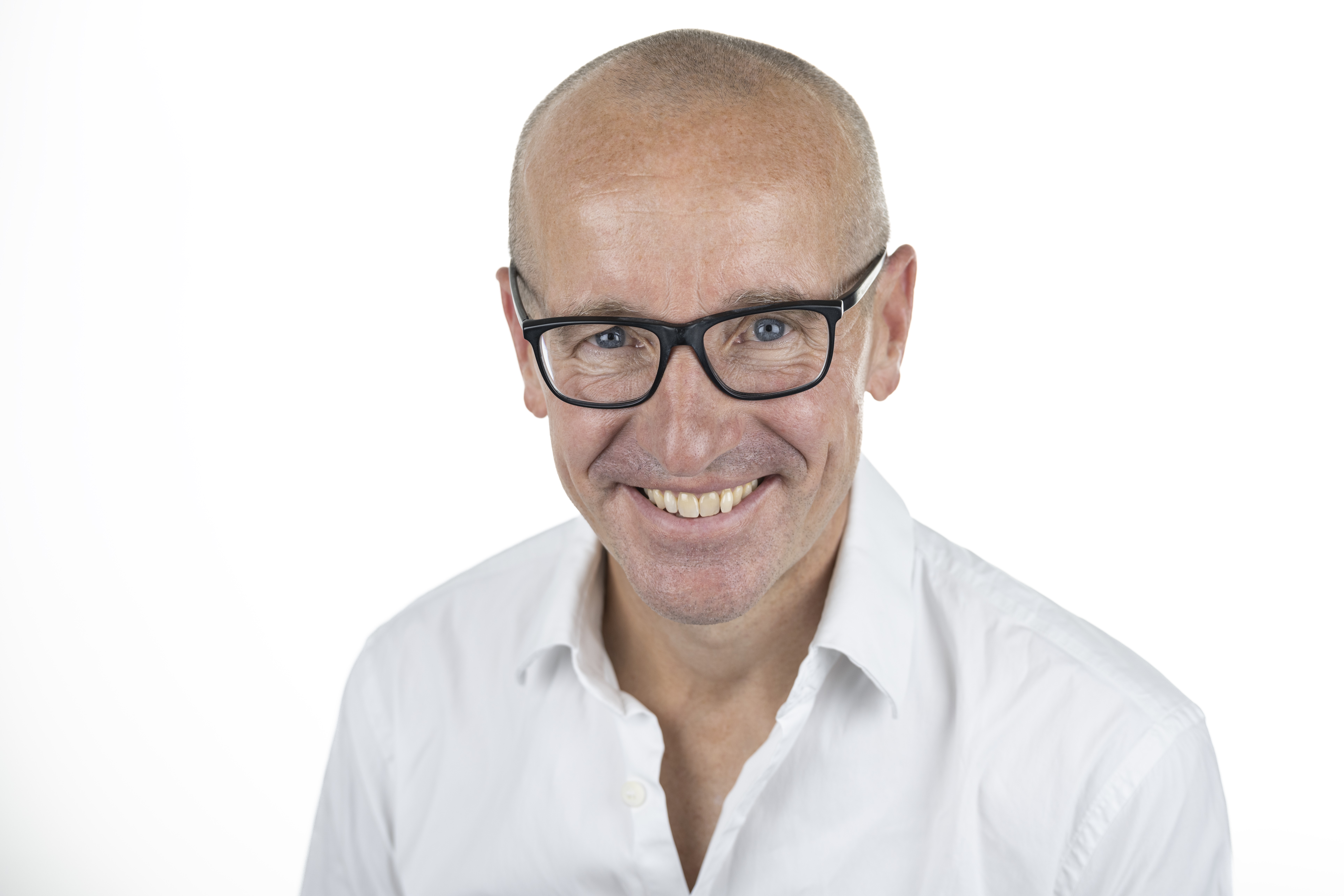Webinar - The Esthetic Dilemma of Periodontal Disease - Surgical Papilla Reconstruction
11.12.2024, 7:00pm-8:30pm
11.12.2024, 7:00pm-8:30pm
The webinar is free for members, non-member charges are £20 Hygienist/Therapist, £30 Dentist.
Bookings will close at midday on Tuesday 10 December 2024.
Registering instructions will be sent out on Tuesday 10 December 2024, as you need to register with Zoom (a quick and simple process). After registering you will receive a confirmation email containing information about joining the webinar on the evening.
Only the first 500 participants to log in on the evening will be able to participate in the live event.
However, booked participants will be able to view the webinar after the event on the BSP website. You will be notified when the recorded presentation is available for viewing.
1.5 hours CPD is offered to all delegates who have booked and viewed the webinar. Bookings must have been made through the BSP website. Non-members will need their booking reference number to obtain CPD. Evaluation form and CPD certificates will be available after the event on the website.
Patients with a history of periodontal disease are frequently affected by the loss of interdental papilla height and the formation of open gingival embrasures as a consequence of successful periodontitis treatment and inflammatory resolution. In many cases, the resulting esthetic impairments compromise the well-being of affected patients.
Various surgical and non-surgical techniques to reconstruct interdental papillae have been described in the literature. However, until now no evidence-based treatment is available and particularly surgical papilla reconstruction is still considered highly unpredictable among clinicians. Since restorative approaches can only compensate for open gingival embrasures up to a certain degree, surgical papilla reconstruction is often needed to fulfill the esthetic demands and consequently counteract societal stigmatization of patients after periodontal therapy.
The aim of this online presentation is to provide a comprehensive overview of treatment modalities to compensate for missing papillae. The focus will be on surgical approaches, in particular tunneling flap procedures in combination with palatal releasing techniques to avoid buccal surface incisions and in this way minimizing the risk of scar tissue formation and wound healing complications.
• Recognise that papilla defects significantly compromise the oral health related quality of life of patients with a history of periodontitis
• Recognise that papilla defects can only be treated successfully with an interdisciplinary approach
• Be aware that the indication for surgical papilla reconstruction is crucial and highly dependent on the anatomical conditions
• Understand that only a partial surgical papilla reconstruction can be realistically achieved
• Understand that there is no gold standard technique for surgical papilla reconstruction at this point of time

Otto Zuhr studied dentistry at the University of Aachen from 1986 to 1992. He is board certified specialist in Periodontology of the German Society of Periodontology (DGParo) and runs a private office together with Markus Hürzeler in Munich, Germany dedicated to periodontology and implant dentistry.
With more than 25 years of clinical experience and teaching practice, Dr. Zuhr has become a proven expert in his field well beyond the European borders. His phd thesis was dedicated to soft tissue replacement grafts for oral soft tissue reconstruction. From 2007 to 2014 he was board member of the German Society of Periodontology (DGParo) and he`s presently holding an associate professorship position at the Department of Periodontology of the Johann Wolfgang Goethe University in Frankfurt/Main, Germany (Director: Prof. Peter Eickholz).
Otto Zuhr has written several refereed scientific articles in the field of periodontology and implant dentistry. His book “Plastic Esthetic Periodontal and Implant Surgery” was published by Quintessence in 2012. Today, his research activities are focused on oral soft tissue wound healing and oral soft tissue reconstruction.